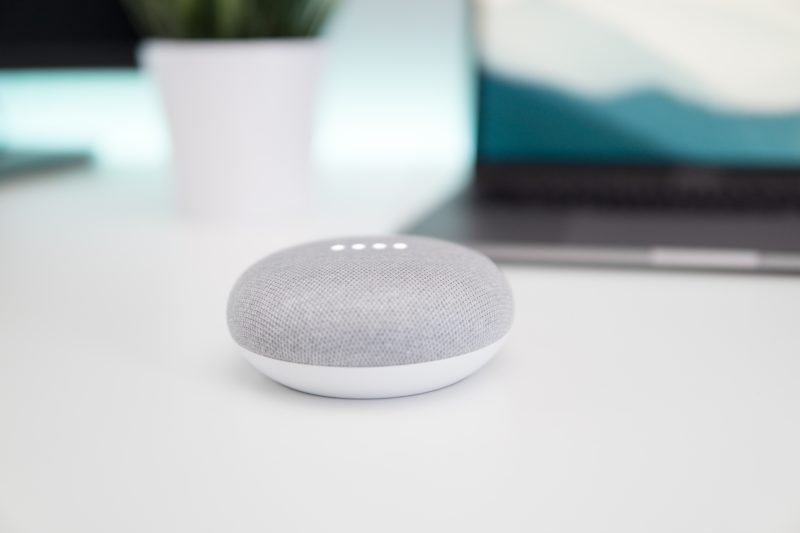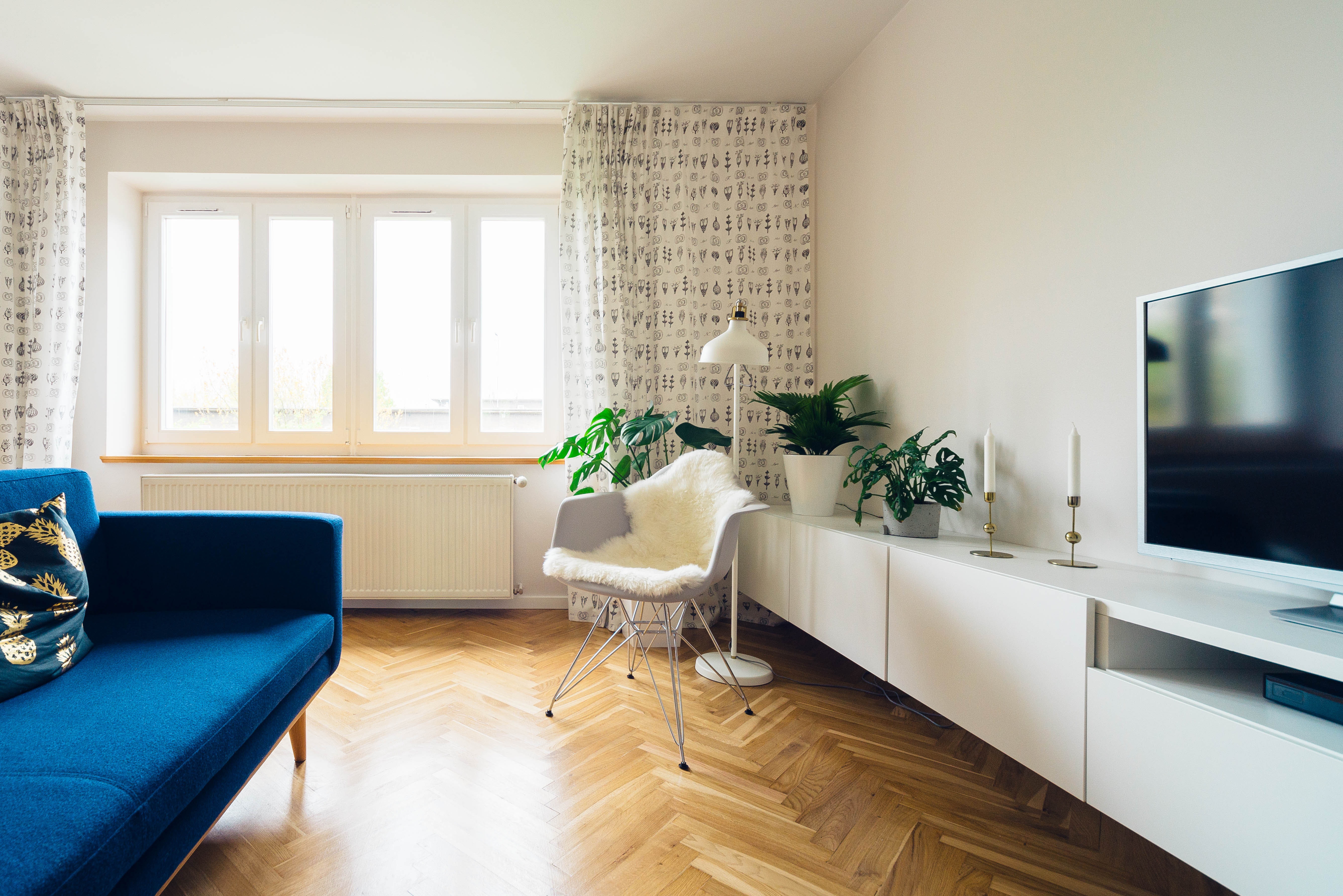Well, that certainly didn’t take long. About a year ago we wrote about the rapid advances in smart homes. There were lots of choices, but no clear direction. The killer app, or at least the great electronic enabler, may finally be breaking through.
Give blame or credit to the smart assistants that started inside our phones, and that can now run our houses – with a bit of help from us, of course.
First, there was Siri, thanks to Apple and the iPhone in 2011. Next came Cortana in 2014, as Microsoft wanted something similar for their Windows Phone. Later that year, Alexa showed up as the little black tower with the glowing ring on top.
Alexa doesn’t fit in a pocket, and isn’t mobile, but it quickly became a common household labor-saving appliance. Sit it on the kitchen counter, and it can answer your questions about recipes. Place it in the den, and use it to dive into data or news. Let it play you music or act as a radio if the station streams its content.
Alexa has broken through by being the helper who is always there, and can be operated by speaking to it (leaving hands free for whatever messy task is at hand.)

Google Home followed in 2016, and the crowd continues to grow.
Amazon recently committed to supporting smart home development by opening Amazon Experience Centers, model homes built to help people play with the possibilities without having to buy, install, and then try to make it work in their own homes. Amazon found a way for people to test drive a technology without having to experiment on their home.
As we wrote last year,
“Imagine then, the speed of the advances considering that IBM is working to put their AI, Watson, into homes; Apple has HomeKit; and Google has Android Things. The field is growing as dedicated firms are working to be the Next Big Thing; and they may succeed.”

The ultimate smart home needs the Internet of Things. But, buying lots of things isn’t as gratifying nor as interactive as bringing home an artificially intelligent assistant. Rather than buy a cluster of gadgets and then find some way to integrate them, it may be easier to start with an assistant and add gadgets as experience suggests.
Alexa and her compatriots are handy for relaying information that’s online, but they can’t tell you who is at the door until you install the right sensors. They can tell you whether it is sunny, but they can’t drop the shades or dim the lights until you install the right actuators. Smart assistants make it easier to start with something simple, explore what it can and can’t do, then increasing their authority to do the things you want them to do.

Take the concept one step further. Like many companies, Sony is supplying a wide variety of devices – and they’re also demonstrating the next generation of home automation. In addition to sensors and actuators, add projectors. These projectors, however, aren’t the bulky things that hang from ceilings or occupy table tops. These projectors are shrinking to the size of the camera in your phone.
Scatter them around your house and create displays, monitors, and art on any surface. The simplest application involves messy tasks. Cookbook pages get dusted with flour or splattered with grease. Car repair manuals wear five kinds of grime. A projected cookbook or manual page never gets dirty. With the right projector, it’s possible to detect the same finger commands that are familiar on smartphones and tablets so flipping the pages or expanding a diagram can be done cleanly despite a messy worksurface. For something a bit more refined, place a blank picture frame in sight of the projector and the software will figure out how and where to project the photo, video, or display.
Each company champions their product, and they are impressive. Take a bit of caution, though. Their devices may all work well together in their ideal environment, but keep in mind your experiences with your computers. Even within the same operating system, programs don’t always get along. Mix operating systems and software from several suppliers and be amazed if there are no conflicts. Doing the same thing within a smart house with smart sensors, active actuators, and intelligent projectors and be ready for at least one humorous glitch or three.
Fortunately, as we mentioned before;
“Adding AI to a house does not have to be an all-or-nothing endeavor. Put intelligence where you need and want it most. Stick to one supplier. Keep it up-to-date, or hire someone to do that for you. Make sure the house can still operate when the power goes out. Being able to open at least one door with a key can relieve a lot of anxieties.”
At least by starting with a smart assistant you have the added advantage of having someone to call if something runs afoul. Alexa, Bixby, Cortana, Siri, Help! Watson, come here. I need you!